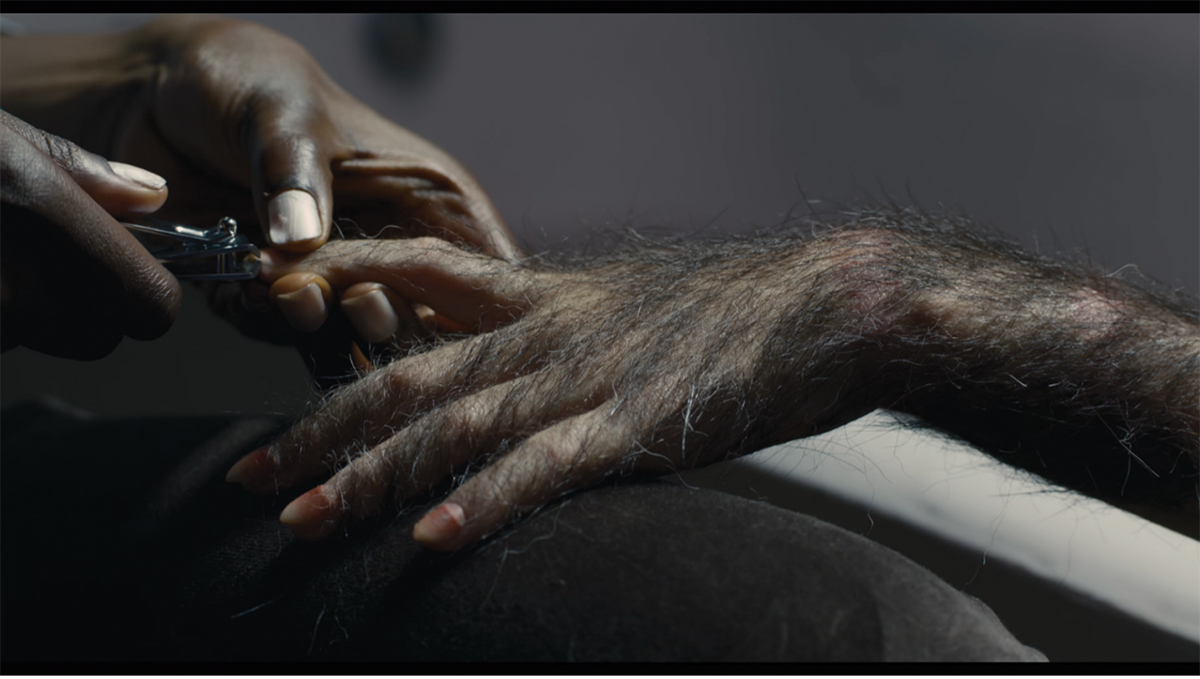
By Marena Fleites Lear, PhD Candidate, Department of Comparative Literature
Over the last several decades, feminist philosophers have given us different frameworks for understanding how individual and collective bodies are made vulnerable to sociopolitical forces, but also how bodies in turn shape those networks of power. They remind us that our bodies (differentially marked by racism, colonialism, ableism, etc.) are the very stuff of politics. As Judith Butler argues, the body, though it seems to have clear boundaries, is nevertheless “defined by the relations that make its own life and action possible” (130, emphasis mine). In the late 1980s Donna Haraway created the powerful metaphor of the feminist cyborg in order to illustrate the ways in which bodies are bound up in networks that include the human, the non-human, and the technological in “monstrous” and rebellious fusions that challenge stringent dualisms, and she demonstrated the ways in which science fiction’s “cyborg monsters” enable us to imagine these relations differently. Gloria Anzaldúa and other Chicana and Latina scholars have made complementary claims about a hybrid “alien” mestiza consciousness that challenges binary colonial logic. These philosophers and writers led me to a consideration of the role of genre in generating certain politics of race, gender, and sexuality.
As I developed my knowledge of film theory and feminist and anti/postcolonial philosophies in my doctoral program, questions began to emerge about the role of popular genres like science fiction in film and literature, particularly for women and minoritized groups (both in terms of their representation and their artistic output). I wanted to know, who are the subaltern voices of speculative cinema in the Americas, and how do they make use of genre tropes and methods to probe and question their subject positions? How do gender and race intersect within speculative narratives to present alternative visions of the future while critically addressing contemporary sociopolitical issues?
The more I read, the more I also understood that even though speculative genres have long been present in Latin America (in fiction extending back at least to the late 19th century), there has been a dearth of critical attention paid to them because of a perception that they are “apolitical” or purely entertainment. Yet many recent films either directly or indirectly address the legacies of colonialism, authoritarianism, and slavery by drawing upon genre conventions like time travel, magic, and reanimation, and they explore the possibilities of posthuman bodies like cyborgs, human-animal hybrids, and the undead for expressing these historical phenomena and their resonances in the present. This led me to formulate a central question of my dissertation: How do “monstrous” posthuman figures of cinema like cyborgs, zombies, werewolves, and the undead provide opportunities for reframing subjectivity under oppressive systems?
My dissertation argues that the monstrous bodies within a recent archive of Latin American and Latinx cinema critique essentialist notions of race, gender, sexuality, and social identity, while providing avenues for audiences to see and feel in ways that circumvent hegemonic forces that seek to channel feelings in certain directions. Given its capacity for broad cultural impact and its nature as a multisensorial medium, film is unique in its ability to perform these posthuman critiques. Classic horror, for example, is a cinematic genre particularly concerned with soliciting strong affective responses from its audience through depictions of monstrous non- and posthumans, making it well equipped to transmit emotional charges based on historical traumas. Often these traumas have been ignored by official narratives such as those expressed in written archives and political speech. In one of my dissertation chapters I posit that horror cinemas can provide audiences access to memory in ways that circumvent dominant representations. This can be seen in Jayro Bustamante’s film La Llorona (2019), in which horror genre conventions enable an emphasis on nonlinear conceptions of time and provoke a cathartic hyper-sensory experience for the viewer that gestures toward the non-narrativizable after-effects of violence (specifically the genocide of Indigenous Guatemalan women in the 1980s). In another chapter I analyze the Brazilian film As Boas Maneiras/Good Manners (Rojas and Dutra, 2017), in which monstrosity is aligned with queerness yet positioned positively as a boundary-disrupting force, as well as part of an alternative system of care based on radical love and kindness rather than externally enforced norms. Both films illuminate the possibilities for monstrous figures to disrupt official narratives about how women should behave in society and offer alternative visions that emerge from an attunement to embodied experience.
My research expands on an emerging line of critical examination of speculative cinema with a specific focus on feature films. The cinema is a medium with immense power of influence, especially in its transnational circulation, and each new viewing context provides an opportunity for audiences to be touched by a vision of otherness, while marking the film itself in turn. It provides a space for not only picturing but “feeling-with” other bodies, engaging our sensory perception, drawing on the felt responses of the viewer to create meaning. Speculative genres provide opportunities to craft alternative visions of the past and future in which the oppressed can have agency, while connecting to genre traditions that embrace feelings of strangeness, disorientation, and monstrosity disavowed by dominant institutions. Ultimately, my work seeks to amplify the sociopolitical relevance of speculative genre films and demonstrate the importance of their inclusion within scholarship on Latin American cinema and cultural studies, as well as position affect and emotion (traditionally feminized and denigrated forms of embodied knowledge) as essentially intertwined with politics and aesthetics.
—Marena Lear was awarded the 2023 CSWS Jane Grant Dissertation Fellowship for this project.
Works Cited
Butler, Judith. “Bodily Vulnerability, Coalitional Politics.” Notes toward a Performative Theory of Assembly. Harvard University Press, 2015, pp. 123–153.
Haraway, Donna. “A Cyborg Manifesto: Science, Technology, and Socialist-Feminism in the Late Twentieth Century.” Simians, Cyborgs, and Women: The Reinvention of Nature. Free Association Books, 1995, pp. 149–181.
Anzaldúa, Gloria. “La Conciencia de la Mestiza/Toward a New Consciousness.” Borderlands: The New Mestiza = La Frontera. Spinsters/Aunt Lute, 1987, pp. 99–120.

